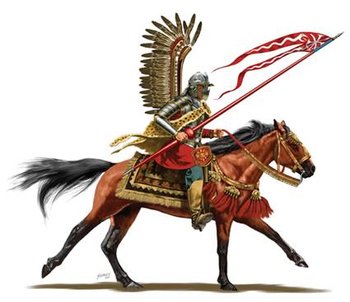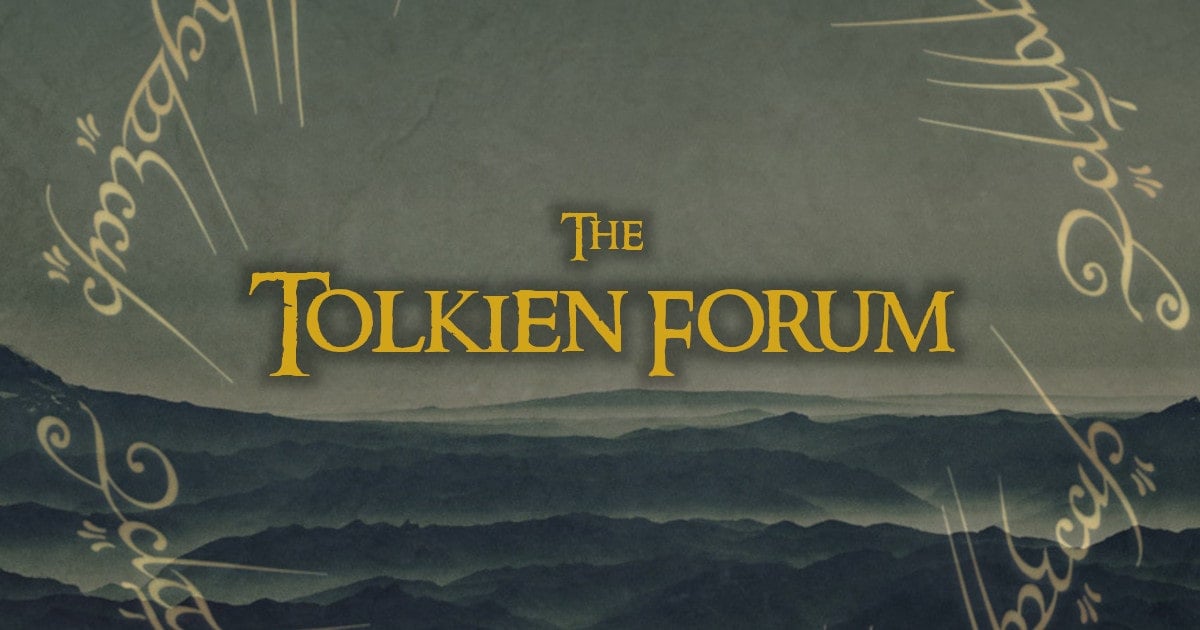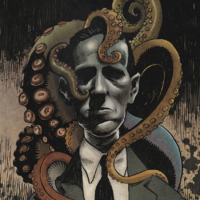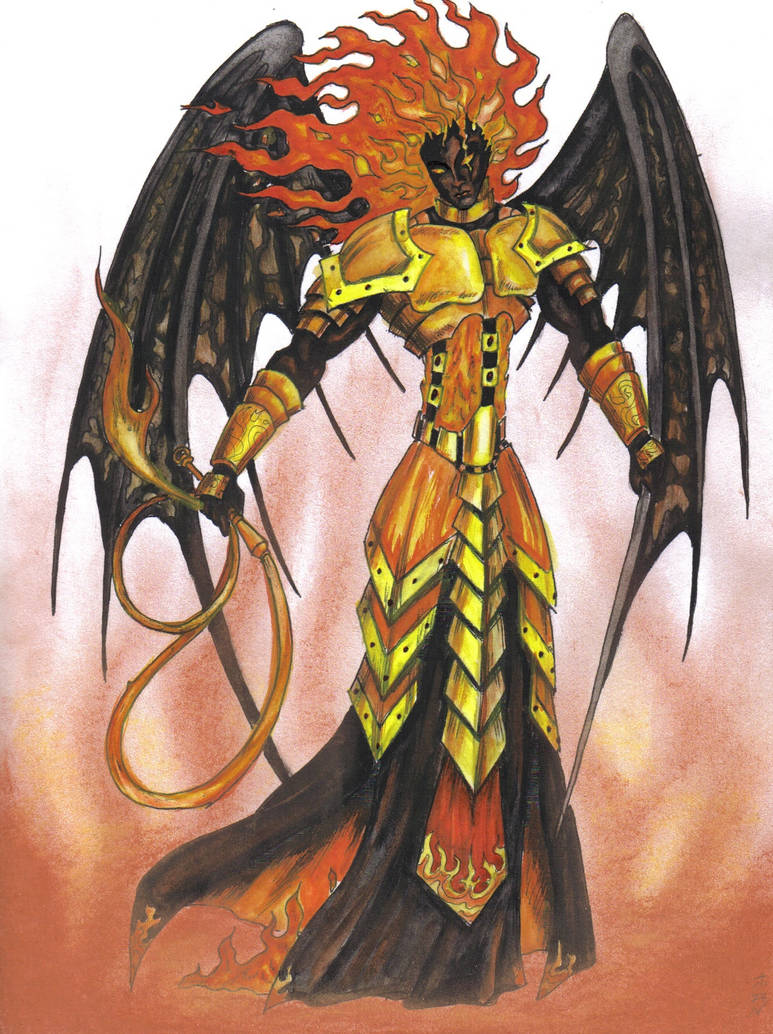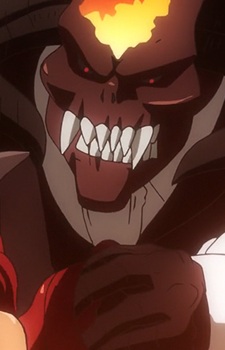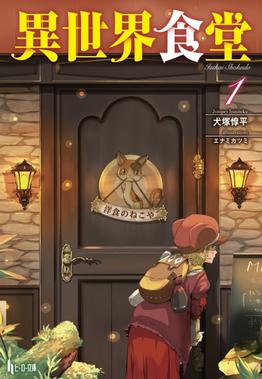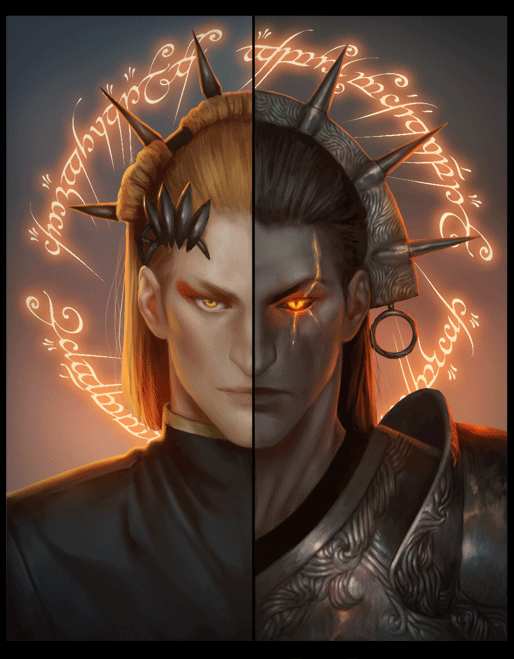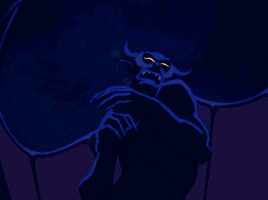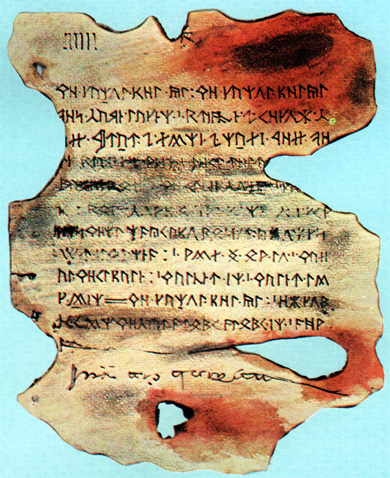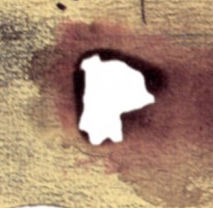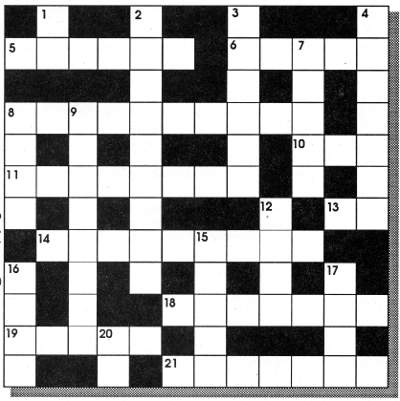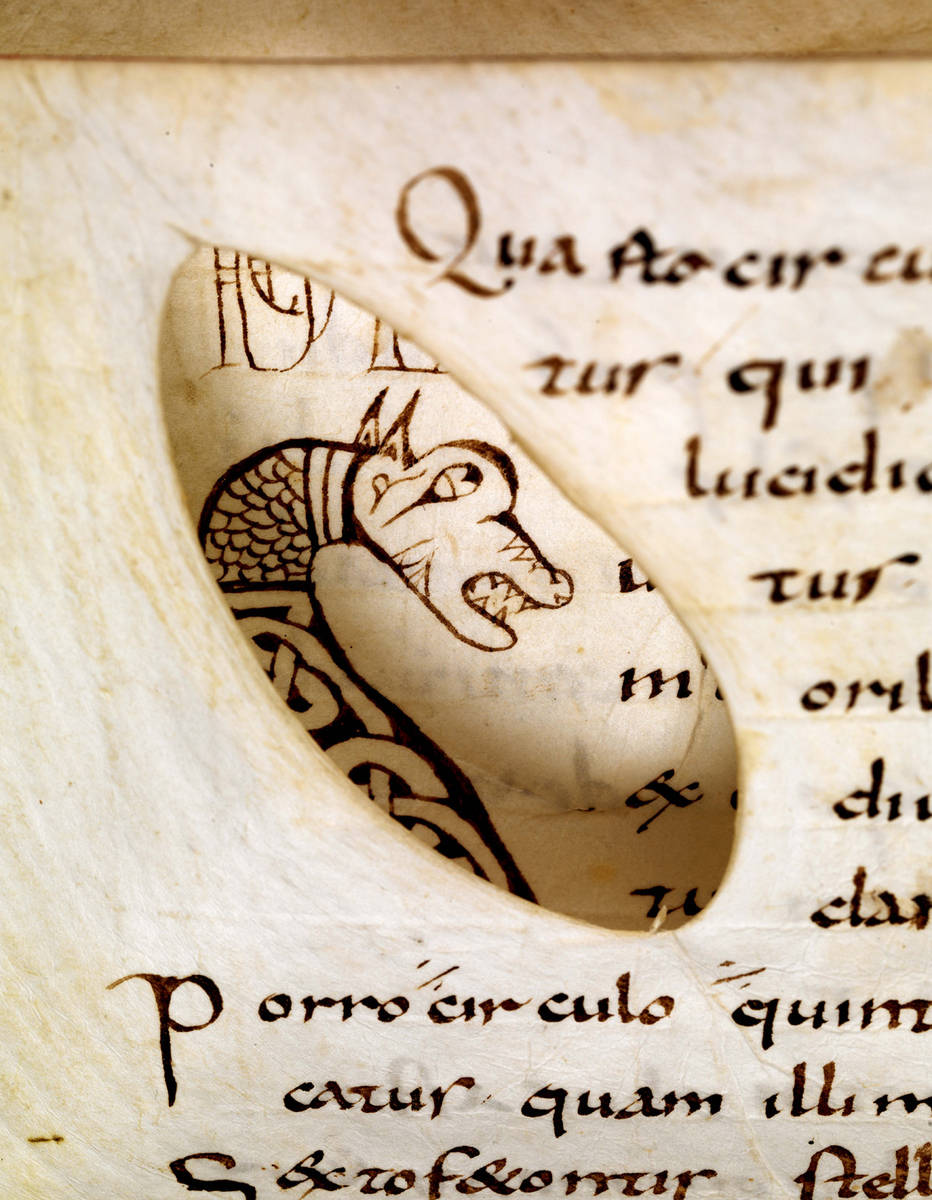11 posts • Page
1 of
1
 Priya Sun Jun 26, 2022 9:50 pm
Priya Sun Jun 26, 2022 9:50 pm
New Soul
Points:23
Posts: 4
Joined: Wed Jun 22, 2022 1:00 am
If we are brutally honest, even those of us with the staunchest of views ought to be able to admit that
The Fellowship of the Ring text describing the Balrog at the Bridge of Khazad-dûm does possess ambiguity when it comes to its winged state. Physically winged or not - it cannot be decisively proven (either way) through rigorous textual analysis. And so though some of us might want to continue with this line of inquiry, we should (even if begrudgingly so) acknowledge a stalemate has now resulted. Grammatical scrutiny is insufficient for further progress.
But perhaps there is another way?
To resolve this perplexing issue perhaps we should abandon a focus on some much debated lines? Perhaps we should look elsewhere? Perhaps, somewhat surprisingly, we should consider the idea that Tolkien left us a picture of a Balrog? A tantalizingly vague one that all have missed - because it was intended to be a kind of hidden riddle. Yes, another ‘riddle in the dark’!
Of all the records that might have relayed Tolkien’s own visual impression of a Balrog, there is only one I have discovered which offers a viable possibility. And that pertains to the three loose leaves of the blood-stained, burnt and slashed
Book of Mazarbul which Tolkien spent so much effort in forging.
Of the three, on the last parchment we have an image. A game changing image, perhaps!
I want you all to zoom in on the very last internal cutout and enlarge it if you can (it would be nice if someone could post a cropped enlargement on my behalf - for I do not have the necessary skill). By the way, I have purposely chosen the earliest example I can find (from the
The Lord of the Rings Calendar of 1977) which thus has the least chance of having sustained damage. Certainly the manuscript pages are delicate artifacts.
What I see (and I am sure all of you will be able to visualize the same without difficulty) is the side profile of a strange upright creature. Clearly one can discern a head and two indistinct legs. On the left side is what looks like a long cloak (of mail?). And then on the right side we have the unmistakable jutting out of a ‘wing’.
Surrounding the cut-out is a black and brown zone which looks representative of ‘shadow’. So then using reasonable logic, what we have - must be a physical wing!
For those who have studied Tolkien’s works in great detail - an awareness must have arisen that our professor undoubtedly possessed a crafty humorous side. No one should deny his calligraphic skills, nor his propensity to bemuse the reader with the ‘Mooreeffoc’ effect. Then as a kind of subtle joke, did Tolkien leave teasing picture evidence of that which haunted the darkest dreams of the dwarves?
Now as well as the image itself, there are a number of other strong pointers that tell us that indeed this was meant to be Durin’s Bane.
......
The first four below, discuss leading clues within the forged manuscript.
(A) The image is of a semi-humanoid in a perfectly upright position. Meaning there is no need to rotate it to understand it. One might presume that the orientation was purposely effected. The odds of this being a random placement seem remote.
(B) The cut-out certainly isn’t a pattern one would expect from a burn, slash or stabbing. If it really was Tolkien’s idea of a ‘stabbing’ or ‘slashing’, it hasn’t penetrated through to the earlier pages - one must note! So one might deem that our particular ‘hole’ was specially created with purpose in mind. Indeed my close examination of the original at The Bodleian exhibition in 2018 revealed no indication that it was created by burning.
(C) The cutout of interest is very different to all the other internalized ones in any of the three parchment pages. Those other holes are of simpler shape, being generally ovoid and of ‘aerofoil’ cross-section. Whereas our cutaway is far more complex. Why, we must ask ourselves, is that?
(D) The singeing or ‘shadow’ is far more pronounced around our image of interest than around the other cutouts. Why? Was it purposely done to represent a ‘great’ shadow?
......
The next three examine evidence left in
Fellowship text. For Tolkien, I believe, left some worded pointers too:
(E) Tolkien included, I believe, a magnificent pun. Using Gandalf’s end words -
“There is nothing more.”, Tolkien slyly clued-in a double meaning. Of course we were meant to realize: ‘There is more in the nothing’ !
(F) Gandalf tells us that he did not have time to
“puzzle out the last few pages”. Which, one must note, is the only use of
“puzzle” or
“puzzle out” in the entire
The Fellowship of the Ring. Leaving the curious reader to contemplate and then discern that indeed there was a ‘puzzle’ present. In fact, I would say, left was a jigsaw puzzle where we, as the reader, were left to figure out the missing piece!
(G) An alert for the reader to be attentive is provided through Gandalf’s words.
“Wait! Here is something:”
Which is then followed by an explanation
“a large bold hand using an Elvish script.”
The first statement could have been a hint for the inquisitive to sit up and take notice. While the second was simply meant to be a confirming anagram, which when deciphered revealed the answer to who the last remnant of the besieged dwarves faced.
‘Plan gives us Balrog hidden in last char.’
Hmm ... so was this Tolkien’s great plan?
Surely then in deep consideration of items A to G, not withstanding pondering the image itself, the offered evidence is rather overwhelming.
Surely ‘the devil is in the detail’. And to employ a phrase Tolkien once used - surely we should be
“giving the devil his due”?
Then what has been found and exposed is worth a laugh of admiration. A search for ‘The Holey Grail’ of Tolkien mysteries is at an end.
Yes - immortally resident for us:
‘In a hole in a parchment there lived a Balrog!’
 Elenhir Sun Jun 26, 2022 11:33 pm
Elenhir Sun Jun 26, 2022 11:33 pm
Istari Savant
Points:300
Posts: 131
Joined: Wed May 27, 2020 8:35 pm
That's an arm. He's waving at you. Probably thinks you're rude for not waving back.
 Eldy Dunami Mon Jun 27, 2022 5:24 am
Eldy Dunami Mon Jun 27, 2022 5:24 am
Dúnadan
Points:947
Posts: 707
Joined: Thu May 14, 2020 2:10 am
Welcome to the Plaza! You don't by any chance post in TheOneRing.net's "Reading Room" forum, do you?
In any event, a strikingly original contribution to the tradition of "creative" Lore theories.
Loremistress Emerita | she/her
 Drifa Mon Jun 27, 2022 1:31 pm
Drifa Mon Jun 27, 2022 1:31 pm
Khazad Elder
Points:2 234
Posts: 1422
Joined: Wed Aug 05, 2020 3:32 pm
Welcome to the plaza!
Hmm, I make it out, but and
I See Things, it is a long stretch; If only there were a whip.
And her soft brown beard is as long as the Men-i-Naugrim
 Elenhir Mon Jun 27, 2022 9:20 pm
Elenhir Mon Jun 27, 2022 9:20 pm
Istari Savant
Points:300
Posts: 131
Joined: Wed May 27, 2020 8:35 pm
Oh, that's what we're talking about? I thought it was the smaller of the black smudges in the upper right.
 Drifa Mon Jun 27, 2022 11:18 pm
Drifa Mon Jun 27, 2022 11:18 pm
Khazad Elder
Points:2 234
Posts: 1422
Joined: Wed Aug 05, 2020 3:32 pm
Well, I am assuming this is
the very last internal cutout, as was mentioned in Priya's post?
I am not sure but have we interacted before Priya?
And her soft brown beard is as long as the Men-i-Naugrim
 Romeran Mon Jun 27, 2022 11:29 pm
Romeran Mon Jun 27, 2022 11:29 pm
Istari Sage
Points:1 587
Posts: 724
Joined: Fri Jan 21, 2022 5:02 pm
You know when you're staring at a wall that has a pattern on it, or some trees in the woods, and you start seeing faces? I believe there's some scientific research that says humans are predisposed to try and see things like that in otherwise randomness in case of predators. That is, you're more likely to survive by
assuming that's a Jaguar in the trees and moving away, than not, and so we're more-or-less hardwired to "see things" in the randomness. Just my take.
 Priya Wed Jul 06, 2022 5:44 pm
Priya Wed Jul 06, 2022 5:44 pm
New Soul
Points:23
Posts: 4
Joined: Wed Jun 22, 2022 1:00 am
Eldy Dunami &
Drifa: Thank you for a warm welcome.
Drifa: Truly appreciate you posting that enlargement. Really shows off that second Moria-based ‘riddle in the dark’!
Eldy Dunami &
Drifa: I don’t believe we have crossed paths before. Unless contact was made via E-mail concerning articles on my Tolkien related web-site (
Priyasethtolkienfan@gmail.com). The Plaza is the only forum where I have posted. Being utterly consumed in Tolkien research, I’ve shied away from actively engaging in discussion. My father (the true inspiration behind my love for JRRT’s works) long ago posted on the Old Plaza and the Barrow Downs forum but not, I think, The One Ring venue.
Drifa: I think it would have been a feat of immense skill to incorporate a multi-thonged whip into the cutout. Possibly something which was even beyond Tolkien’s ability.
Romeran: I too am aware and astute enough to be leery of just seeing things because ‘I want to’. But it’s not just about the picture. It is those seven extra clues - that considerably strengthen this case. Also, quite importantly to my mind, several others who have no knowledge of Tolkien or his works to whom I have posed the question ‘what do they see’ - have also replied affirmatively. In particular, some have said the cutout resembles Batman - with that ‘wing’ being his cape. So I certainly am not the only one to visualize a humanoid being with ‘extra stuff’.
Gentlemen/Gentlewomen
I think that we tend to forget how much Tolkien was involved in the fields of cryptography and puzzle-creation. Extraordinarily so compared to any other author I know. From his early code letters to Father Francis, to his formal training in encryption techniques in WWI, to Michael Tolkien’s accounts of his love of puzzle creation, to the riddles in
The Hobbit, to Clyde Kilby's reports of his consummate skill in crossword solving along with hints of intentionally hidden things within his works - Tolkien really possessed an arsenal of necessary skills to be the most masterful of riddlers. So I think my line of investigation is entirely legitimate and should not be lightly dismissed.
What’s needed is some time to dwell on matters. Keep staring at the cutout Is my suggestion - and keep pondering those clues I identified. But though they say ‘a picture is a worth a thousand words’, it should also be noted how intensely Tolkien was consumed in creating the forged parchments. So much so that he voiced great displeasure when they were rejected for publication on the grounds of cost. He practically begged for their inclusion - in the end beseeching to include at least one - the last one! He spent so much time on minute detail - surely he would have noticed that the last cutout (however it was created) resembled a winged humanoid creature? Surely he would have altered it if he had not wanted to convey what I have proposed? So here we have yet more evidence - tentative though it might be - that Tolkien was up to something!
For those who are open-minded enough to be convinced Tolkien was up to ‘no good’ with ‘word play’, there is a little more evidence I can produce. From
The Hobbit days, the good professor certainly knew readers would try to decipher his runes. He also knew that his beloved Anglo-Saxons had left acrostics in their writings. Cynewulf was a prime example of the author embedding his own name within his writings. Tolkien then in order to emulate an ancient ‘tradition’, might have gone a step further by conjuring up a dual acrostic and anagram. If we take the first letter of each line (and figure out the missing ones) on the third parchment, we can anagrammatically form:
‘Take Mr T 4 a wag’
(In other words, we should take Tolkien for a ‘joker’ - Tolkien’s affiliation to words beginning with ‘wa ...’ per his stint at the NED is well-documented).
Was Tolkien having a good laugh at our expense then? Or is this just another case (in a long string) of pure coincidence? Who knows how cunning a wordsmith the professor truly was?
 Priya Sun Jul 24, 2022 12:13 pm
Priya Sun Jul 24, 2022 12:13 pm
New Soul
Points:23
Posts: 4
Joined: Wed Jun 22, 2022 1:00 am
Continuing on with the theme of an Anglo-Saxon dimension per my last post - it’s curious to note that Tolkien’s grandson Michael, who knew him better than any of us, brought up the following about his grandfather:
“
He loved riddles,
posing puzzles and finding surprising solutions. Riddles have rules.
They are an art form in Anglo-Saxon. He liked the challenge of the rules and challenging you with them.”
Where did the Anglo-Saxons get such riddles and puzzles? Had they invented them from scratch or did their origins lie much further back in history? Surely then one can deduce that the hidden ‘art form’ in one of the Mazarbul pages is a ‘surprising solution’!
What is quite revealing is that Tolkien singled out ‘Gandalf’ as being intricately involved in conveying a riddle and its answer.
“But like
Gandalf he'd often triumph by telling you there were ways of bypassing the rules without necessarily breaking them.”
Hmm ... I detect there is something devious about Tolkien’s personality/psyche from this. In any case it is Gandalf who is key. Surely then, Gandalf’s speech: “there is nothing more” & “there is no time to puzzle out ...” along with the deciphered anagram “plan gives us Balrog hidden in last char” - are ways of ‘bypassing the rules without necessarily breaking them’ ?
So when Clyde Kilby, who again met and spent a summer with Tolkien, related that
“if I would hold it confidential, he would put more under my hat than he had ever told anyone.”
Doesn’t that make you wonder what Tolkien had been up to with his published works?
Doesn’t that make you wonder what he may have hidden inside?
Was the image then - a continuation of a ‘riddles in the dark’ theme? Where quite obviously the missing part of the cutout (supposedly burnt black) was left for us to puzzle out. Just like the Gates of Mazarbul picture (originally meant to have the writing as white against a black background) was technically a ‘riddle in the dark’ - could the Balrog image in the cutout meant to have been one too?
 Priya Mon Aug 08, 2022 8:46 pm
Priya Mon Aug 08, 2022 8:46 pm
New Soul
Points:23
Posts: 4
Joined: Wed Jun 22, 2022 1:00 am
The theme of ‘riddles in the dark’ was one that I contend - was never far off from Tolkien’s thoughts. Several who knew of his habits better than any of us (including Clyde Kilby & Humphrey Carpenter) tell us how fixated he was with doing the crossword. And what else, we must ask ourselves, is the solving of the white squares on a black ground - but multiple ‘riddles in the dark’ ! Perhaps such symbolism has escaped many of us - but not Tolkien, I would have thought.
What we must also recognize is that cutouts were used in medieval times to cunningly display images. It was part of European historic roots. Perhaps Tolkien knew it? The parchment below dates from the 9th century, and remarkably, for us, reveals a monster! Perhaps a Balrog in a cutout is not so strange then?




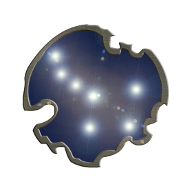

 ) são bem rebatidos, e para os argumentos pró ainda não vi uma réplica convincente. Quase sempre os ignoram e insistem nos mesmos que já foram rebatidos.
) são bem rebatidos, e para os argumentos pró ainda não vi uma réplica convincente. Quase sempre os ignoram e insistem nos mesmos que já foram rebatidos.
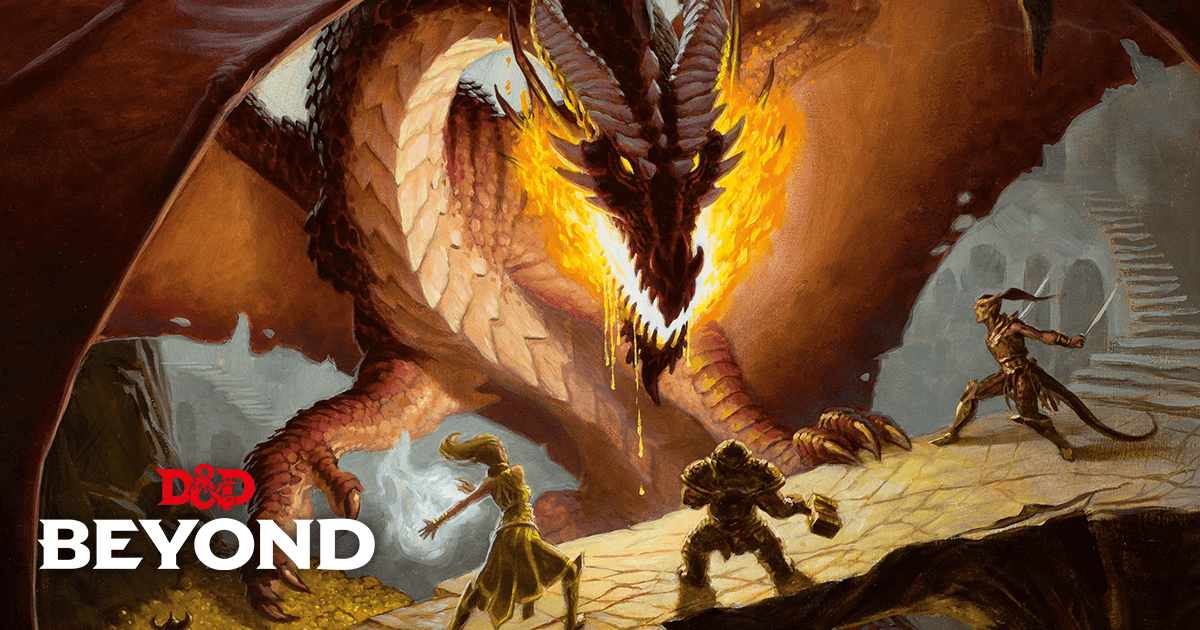

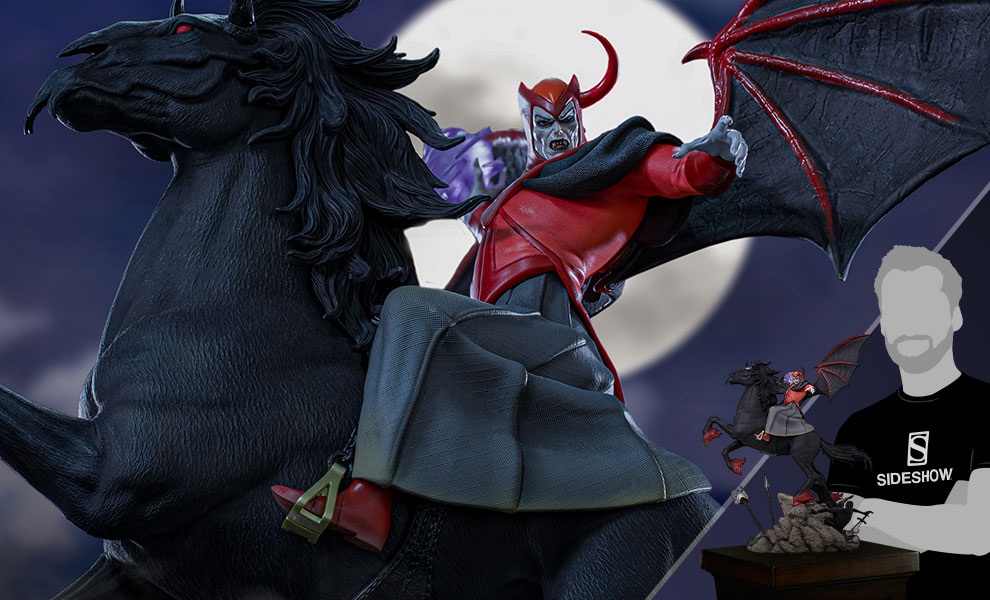

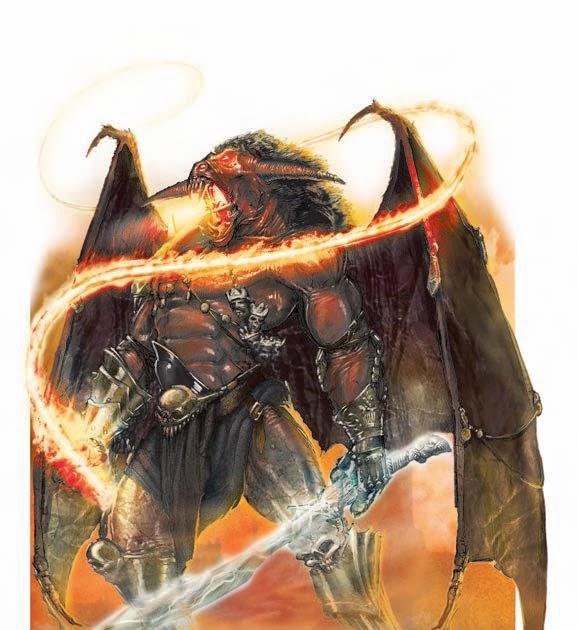





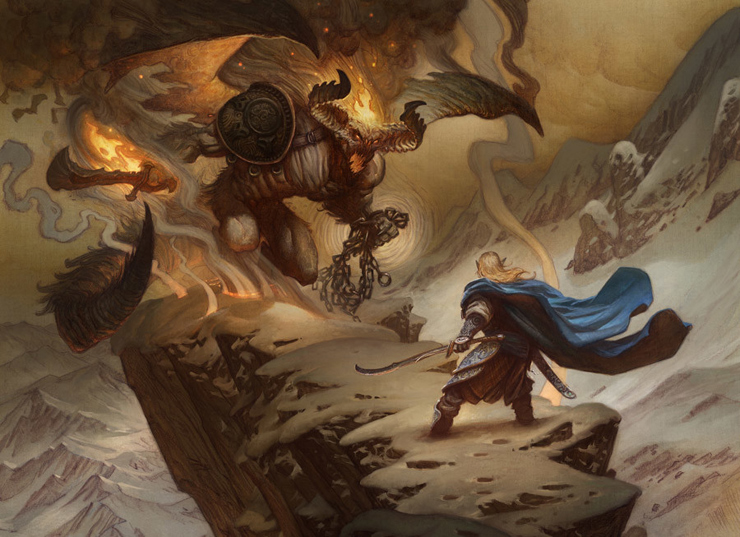
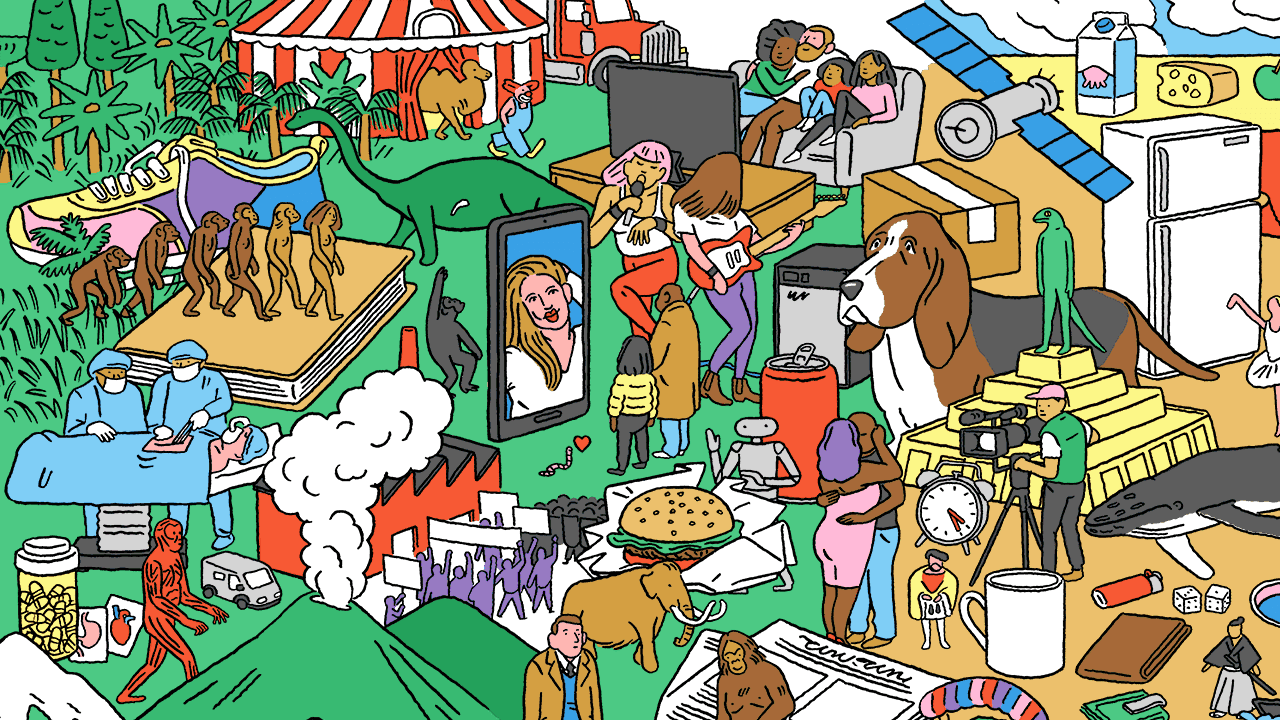

 ), então devia ter um conhecimento minimamente razoável sobre essas criaturas.
), então devia ter um conhecimento minimamente razoável sobre essas criaturas.